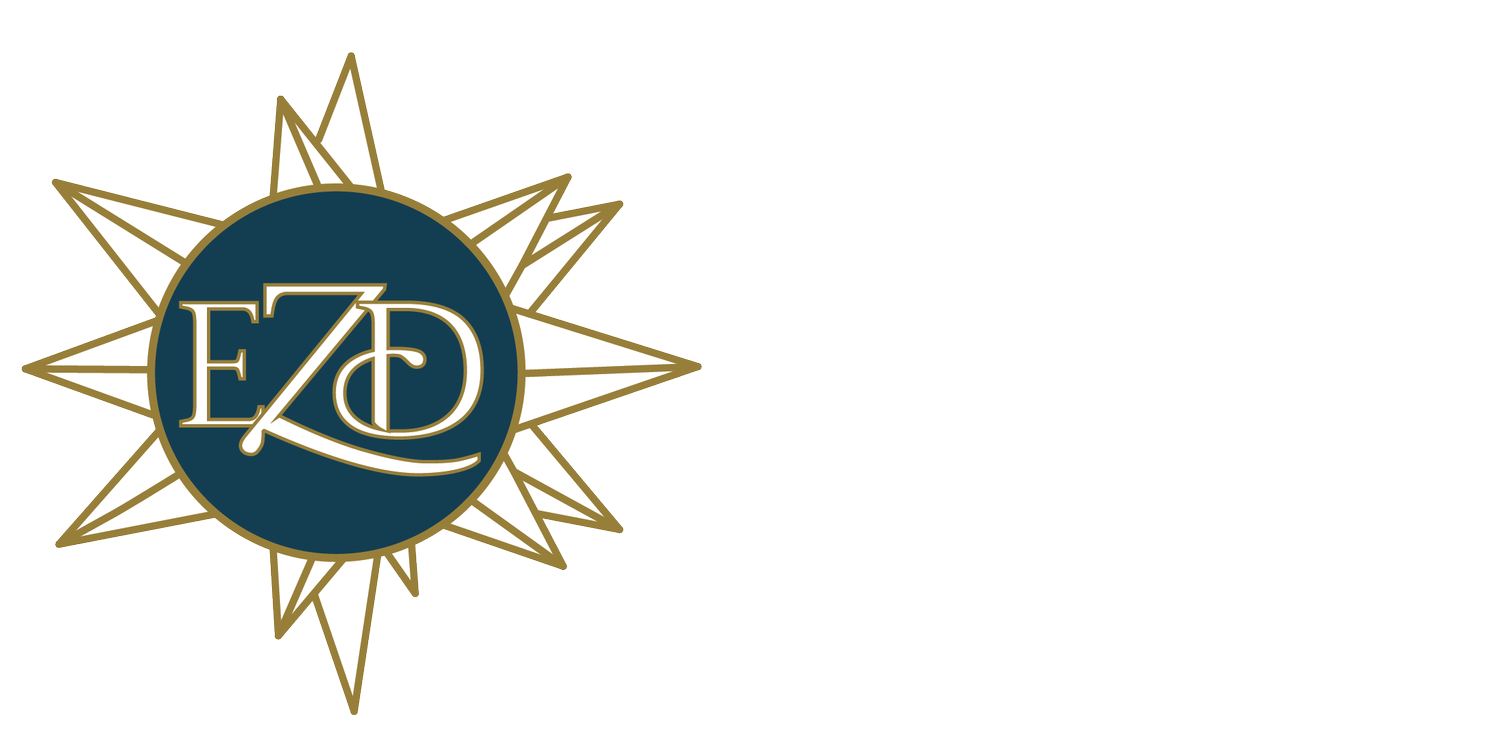No you should not expect to pay $10 per year of age for a bottle of Bourbon or Rye Whiskey
Recently I have been spending more time lurking on the r/bourbon subreddit and watching a variety of Whiskey Tube channels to get a sense of how engaged consumers are talking about American whiskey and what they think is worth spending their money on. One of the more common axioms in these spaces is the idea that a fair retail price for a bottle of bourbon or rye whiskey is around $10 for each year it aged in a barrel. At first glance I can understand where this idea might have come from but if we interrogate the idea, it quickly breaks down.
Most whiskey fans are well aware of angel’s share, the fact that spirits stored in oak barrels slowly evaporates so the volume of liquid that went in is not how much that comes out after four, eight or twelve years. Because of angel’s share, there is a real cost for distillers to age a whiskey longer because there will be less of it each extra year they wait before bottling. So, in real terms older whiskey costs a distiller more to bottle than younger whiskey. However, as the production capacity of a distillery grows, they are able to produce the same whiskey with greater economies of scale because buying grain by the truck loads or rail cars costs less per pound than by 2000lb totes. The same is also true for any other hard goods like bottles, labels, or closures. Large distilleries are also more efficient with their time since there is less down time for their stills and fermenters compared to small distillers that can only run one or two production shifts with significant down time for their equipment. So generally smaller distilleries have higher fixed cost per bottle because they are less “efficient” with their capital. This is why a blanket price metric doesn’t make a lot of sense.
Many craft bourbons and rye whiskeys are priced higher than $10 per year of age because of these higher fixed costs and a more constrained supply. Garrison Brothers Small Batch Bourbon and Old Crow Bourbon are both aged for three years but the former retails for $80 a bottle and the later sits on the bottom shelf at about $12 for 750ml. Garrison Brothers is pot distilled using a more expensive locally grown corn, and the intense climate in the Texas Hill Country means they have a much higher angel’s share than most Kentucky Bourbons. Despite having the same age statement these are two very different bourbons and even if you don’t know all the exact production details, on taste alone, $30 for Old Crow would be highway robbery and an incredible deal for Garrison Brothers.
Conversely, many great bourbons from the heritage distillers in Kentucky and Tennessee are priced below $10 per year. Russel’s Reserve 10 Year Old Bourbon retails for about $44 and George Dickel Bottled in Bond which ranges between 11 and 13 years old has a suggested retail price of $40! Now I would be willing to pay a little more for these because the quality is there, I also have no interest in paying $100 or more for these whiskeys just because of their age. In reality the price for these whiskeys is not just about age. Weller 12 Year Old has an SRP around $43 but you’d be lucky to find it most places below $150 because of its limited availability and the all the hype around it and Pappy Van Winkle.
Now whether it is worth it to you to pay $200 for Weller 12, $40 for George Dickel BIB at 13 years or less than $20 for the four year old Evan Williams Bottled in Bond is a completely subjective decision informed by your income and what you value. But the idea that it is “fair” to pay $10 per year of age for American whiskey is a silly metric that doesn’t reflect the whiskey market. In reality, this just sounds like a made up “fact” that some salesman came up with as a way to convince people that its ok for them to spend $80 on an otherwise mid 8 year old whiskey.
Buy what you like and spend what you feel comfortable with but I’m sorry to say that setting a fair price for bourbon and rye whiskey is more complicated than simply how long it was aged.

